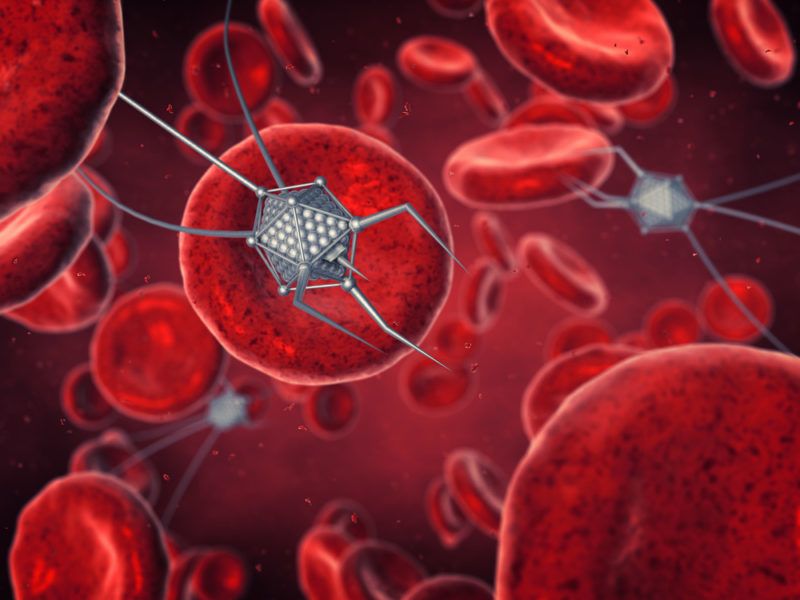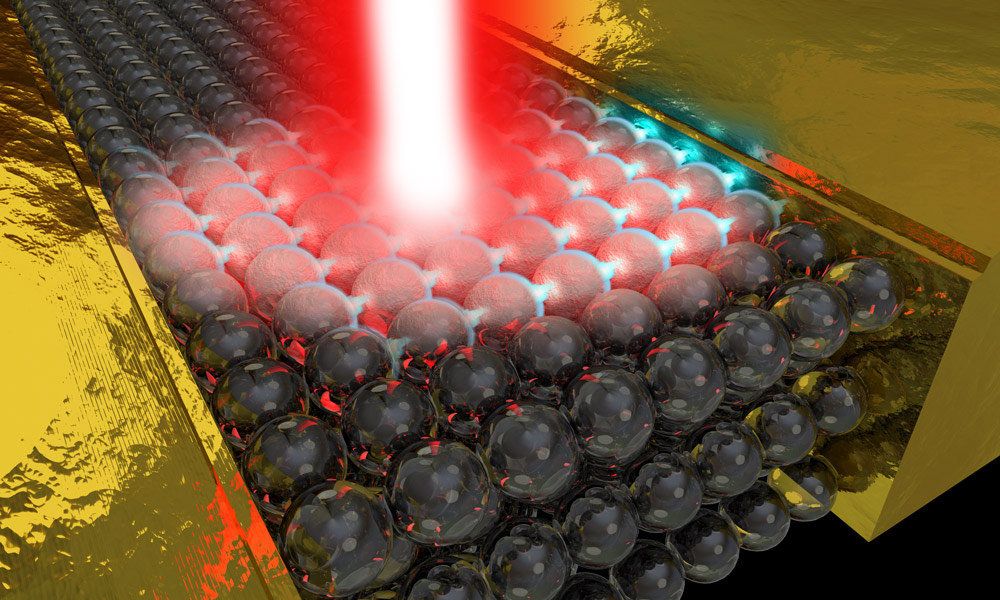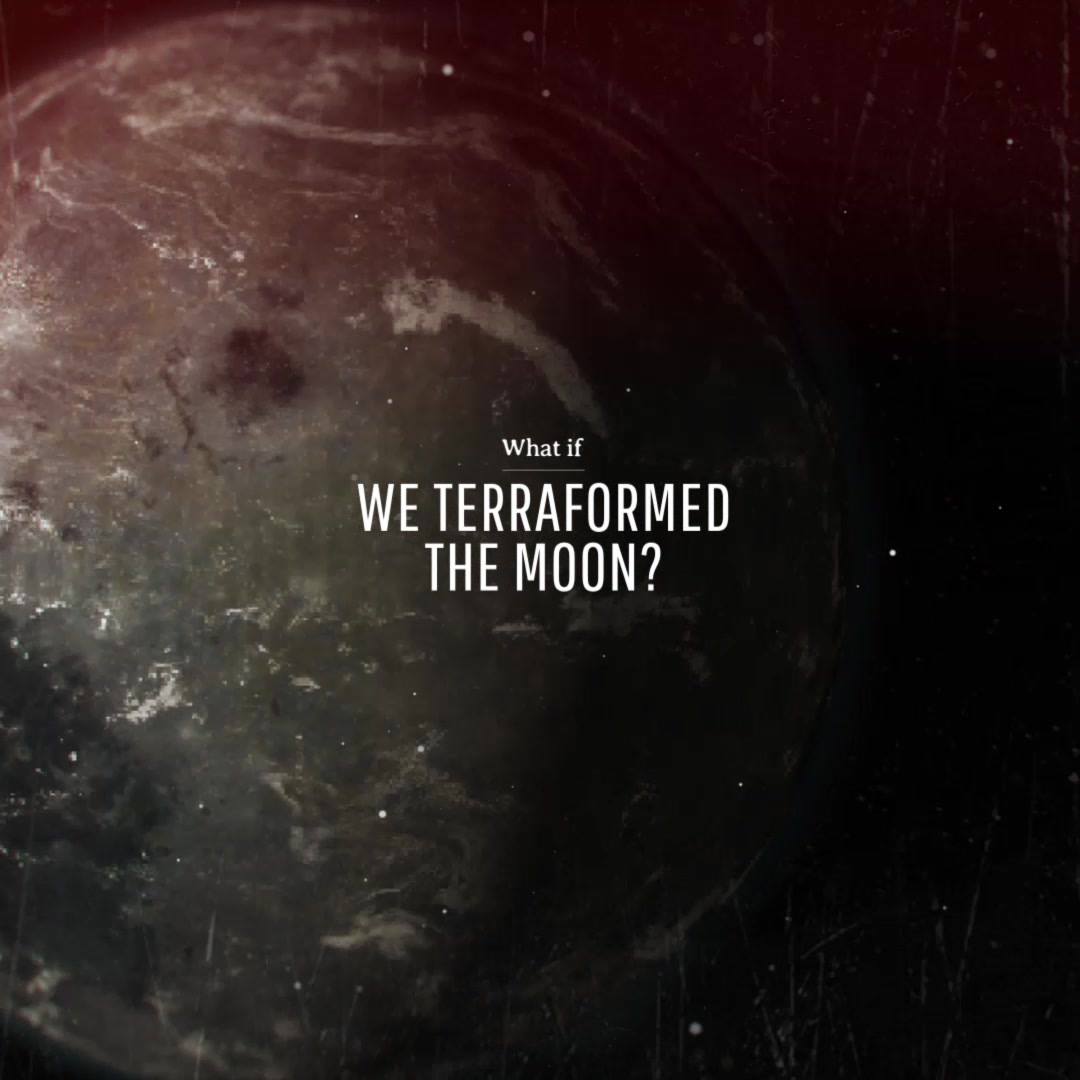Jun 21, 2018
Dr. Vadim Gladyshev – Harvard University
Posted by Nicola Bagalà in categories: biotech/medical, chemistry, education, life extension, media & arts
An interview with Dr. Vadim Gladyshev, Harvard University.
We have recently had occasion to have a chat with Dr. Vadim Gladyshev, Professor of Medicine and Director of Redox Medicine at Brigham and Women’s Hospital, Harvard Medical School, in Boston, Massachusetts. He is an expert in aging and redox biology and is known for his characterization of the human selenoproteome. His research laboratory focuses on comparative genomics, selenoproteins, redox biology, and, naturally, aging and lifespan control.
Dr. Gladyshev graduated from Moscow State University, in Moscow, Russia; his postdoctoral studies in the 1990s took place at the National Heart, Lung, and Blood Institute, and the National Cancer Institute, in Bethesda, Maryland. Even when he was young, he was very much interested in chemistry and experimental science: he twice won the regional Olympiad in chemistry and graduated from high school with a gold medal. He also graduated with the highest honors from Moscow State University. This enviable track record is even more impressive considering that Dr. Gladyshev completed music school and high school at the same time and became a chess player equivalent to national master during his college years.
Continue reading “Dr. Vadim Gladyshev – Harvard University” »

















